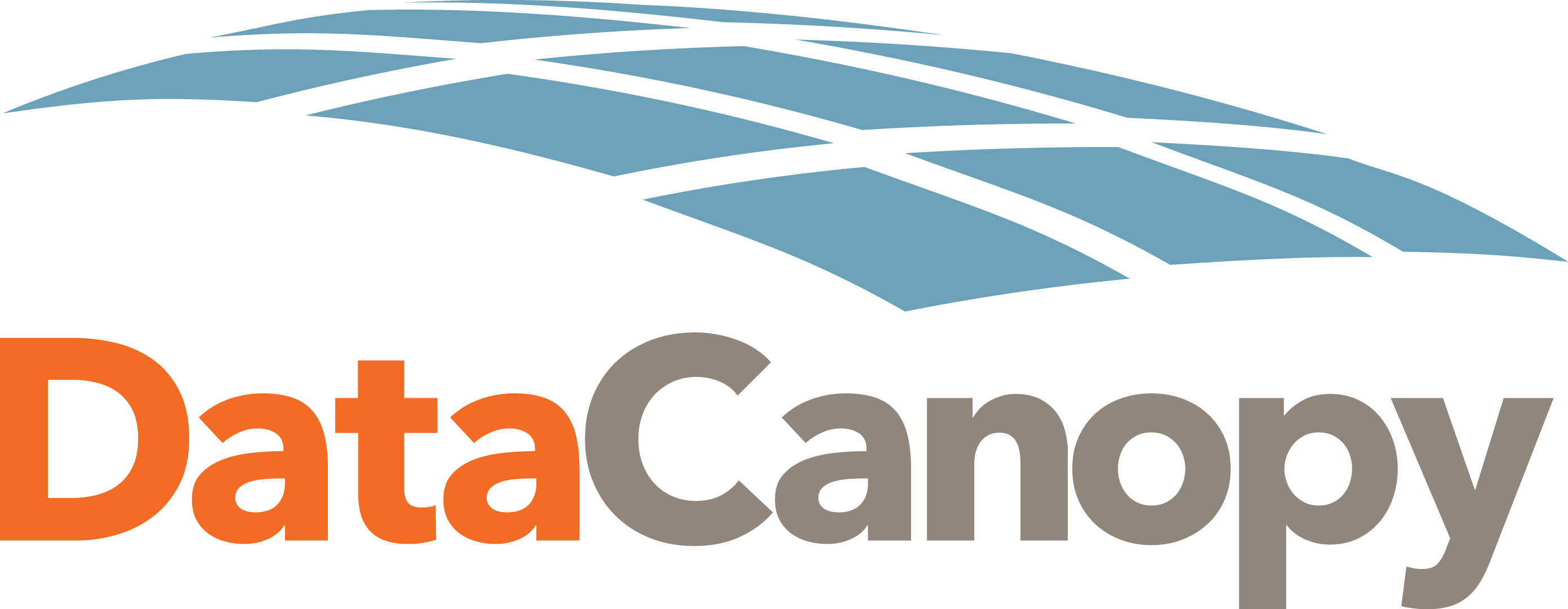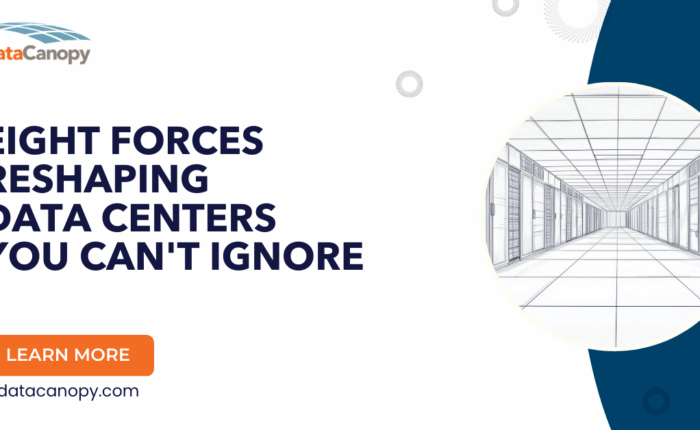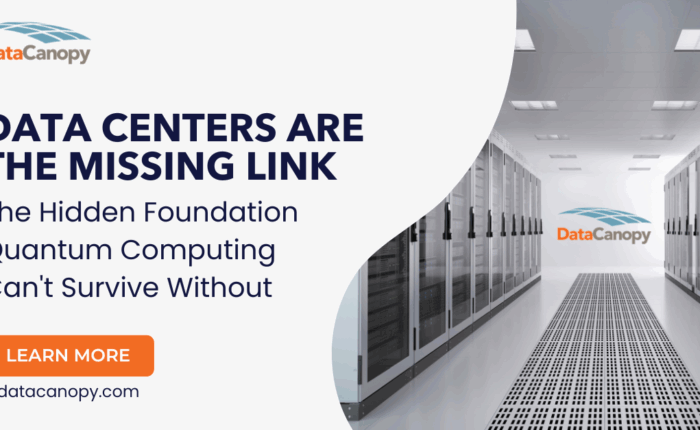 As a healthcare organization looking to save money, but protect your patients as much as possible, the choice of how to host your data is critical. I’ve worked with organizations of all sizes and by far, the overwhelming requirement is to ensure data is secure (especially when it comes to HIPAA and HITECH compliance), and readily available. Often, healthcare organizations will decide that an on-premise hosting solution is best so that they can have total, end-to-end control. Unfortunately, on-premise data centers typically don’t afford the same protection and redundancy that a Tier III facility can. I have witnessed flooded basements taking out entire production environments – crippling the organization dependent upon that data.
As a healthcare organization looking to save money, but protect your patients as much as possible, the choice of how to host your data is critical. I’ve worked with organizations of all sizes and by far, the overwhelming requirement is to ensure data is secure (especially when it comes to HIPAA and HITECH compliance), and readily available. Often, healthcare organizations will decide that an on-premise hosting solution is best so that they can have total, end-to-end control. Unfortunately, on-premise data centers typically don’t afford the same protection and redundancy that a Tier III facility can. I have witnessed flooded basements taking out entire production environments – crippling the organization dependent upon that data.
For most healthcare organizations, the day-to-day data must be continuously available, highly secured, and in compliance with HIPAA, HITECH, and other regulations. Here are three ways healthcare organizations are successfully using data centers to meet those needs:
1. Colocating Servers in a Third-Party Facility
The healthcare organization with the flooded basement mentioned above opted for a highly compliant, highly secure, redundant facility. Understandably, they migrated away from on-premise hosting and instead chose to colocate their production environment in a Tier III facility with built in power, network, and cooling redundancies. Not only are servers protected in this scenario, but the cost to manage and maintain the infrastructure is lowered as well. Additionally, they elected to create a disaster recovery site at another data center facility with the ability to failover and continue to access their critical data should they experience another outage.
2. Having a Disaster Recovery Site
As stated above, the ability to failover and continue operating should an outage occur is critical to keeping any healthcare organization operational. DR will ensure uptime and keep patient records and other critical data accessible so the organization isn’t impacted too greatly in the event of an outage. Disaster recovery will definitely increase the cost of a data center solution, but successful healthcare organizations are recognizing that the investment is worth it when you consider that a total loss of patient records could be catastrophic.
3. Migrating to a Hybrid Cloud
While the cloud offers many benefits for organizations of all types (lower capital expenses, more flexibility, less maintenance), healthcare organizations must ensure HIPAA, HITECH, and a host of other compliances are met for their data. Organizations that I’ve worked with have had to jump through many hoops to go to the cloud and often opt for a hybrid approach, keeping a private cloud or collocated infrastructure for data that requires strict regulation. Even after careful consideration in a move to a public cloud, I have witnessed clients get audited and have to bolt on additional security, firewalls, switches, etc… because of the way the public cloud shares infrastructure. Successful healthcare organizations have been able to get the best of both worlds by leveraging the cloud where it makes the most sense, but keeping tight controls over sensitive data.
Healthcare organizations must keep patient data, financial data, and administrative data well protected and accessible in order to operate efficiently and effectively. The right data center provider can be a great partner for ensuring this is successfully done. If you have a question about how to improve your organization’s infrastructure, contact us today.



